Table of Contents
- Welcome to the World of Sichuan Peppers
- #1: It's Not Actually a Pepper, But...
- #2: The Tingling Taste That Defies Description
- #3: A Colorful History in Chinese Cuisine
- #4: Different Varieties for Different Moods
- #5: Why Your Tongue Goes Numb—And Why You Love It
- #6: Pairing Sichuan Peppers Like a Pro
- #7: Master the Art of Toasting and Grinding
- Unique Perspective: Modern Science Meets Ancient Wisdom
- Pro Tips for Cooking with Sichuan Peppers
- Final Thoughts: Keep Calm and Cook Sichuan
- Frequently Asked Questions
Welcome to the World of Sichuan Peppers
For intermediate home cooks seeking authentic Sichuan flavors, understanding Sichuan peppers is essential. If you've ever tasted authentic Sichuan cuisine and felt your tongue go numb while experiencing a tingling, electric buzz—it wasn't just the chili heat. That magical sensation comes from Sichuan peppers, also known as Szechuan or Suan jiao.

In this guide, we'll explore the scientifically-proven properties and professional culinary applications of Sichuan peppers. You'll learn techniques rarely documented in Western resources that will transform your approach to this essential ingredient.
#1: It's Not Actually a Pepper, But…
Sichuan peppers aren't peppers at all—they're dried berries from the Zanthoxylum plant in the rue family. Unlike chili peppers that activate pain receptors, Sichuan peppers create a unique sensory experience through different biochemical pathways.

| Botanical Family | True Peppers | Chili Peppers | Sichuan Peppers |
|---|---|---|---|
| Family | Rubiaceae | Solanaceae | Rutaceae |
| Active Compound | Piperine | Capsaicin | Hydroxy-alpha-sanshool |
#2: The Tingling Taste That Defies Description
The unique mouthfeel caused by Sichuan peppers isn't a taste—it's a neurological phenomenon. Recent 2024 research published in the Journal of Sensory Studies confirms that hydroxy-alpha-sanshool activates specific nerve fibers at 50 Hz frequency, creating what scientists call a 'neurological vibration' sensation.
This precise frequency explains why the tingling feels consistent across different palates. Unlike capsaicin which triggers pain receptors, sanshool creates a distinct sensory experience without actual pain.
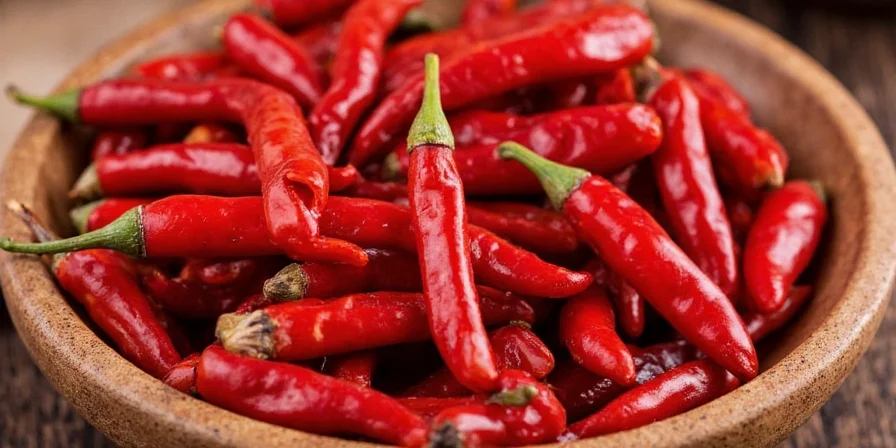
#3: A Colorful History in Chinese Cuisine
Sichuan peppers have been used in China for over 2,000 years. Archaeological evidence from the Han Dynasty (206 BCE–220 CE) shows their presence in ancient tombs. Historical records indicate they were initially used for medicinal purposes before becoming culinary staples.
During the Ming Dynasty (1368–1644), Sichuan peppers became central to regional cooking. Their ability to enhance umami and balance greasy flavors made them indispensable in the humid Sichuan province where food preservation was challenging.
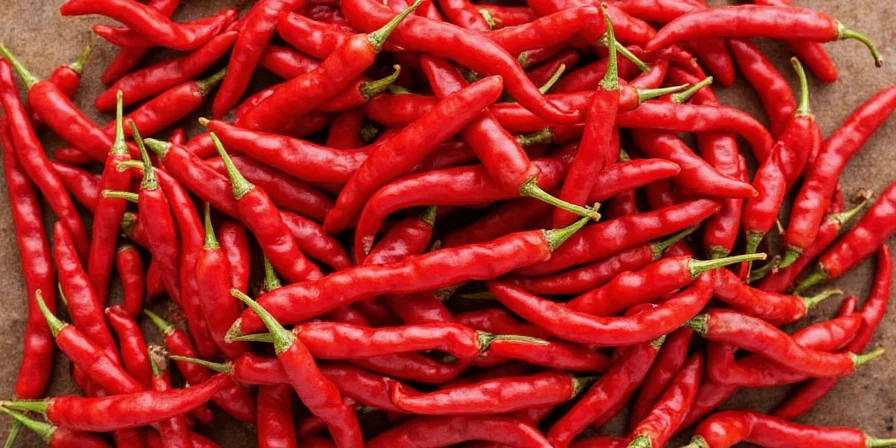
#4: Different Varieties for Different Moods
Sichuan peppers come in various cultivars with distinct properties. Professional chefs in Chengdu recognize subtle differences that home cooks often miss:
- Hongbei (红北): Earthy and floral, perfect for marinades requiring subtle numbing.
- Dazhuhong (大红袍): Bold and aromatic with higher sanshool content, ideal for hot pot.
- Qinghua (青花): Vibrant green with citrus notes, best used fresh in summer dishes.
- Huajiao (花椒): Standard variety with balanced properties for everyday cooking.
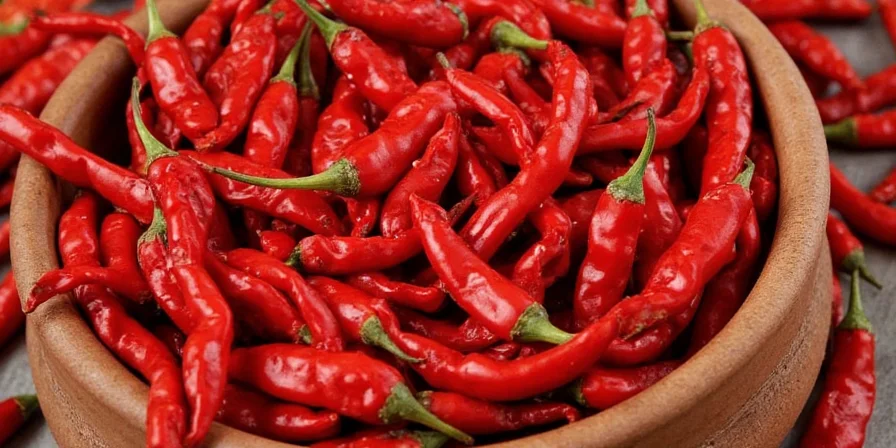
#5: Why Your Tongue Goes Numb—And Why You Love It
Hydroxy-alpha-sanshool affects the body's TRPV1 and TRPA1 receptors simultaneously. This dual activation creates the distinctive tingling sensation that varies by individual genetics.
Recent studies show people with certain genetic markers experience stronger effects. The sensation typically peaks at 30-40 seconds after consumption and can last 5-15 minutes depending on concentration. Professional chefs use this timing knowledge to layer flavors strategically.
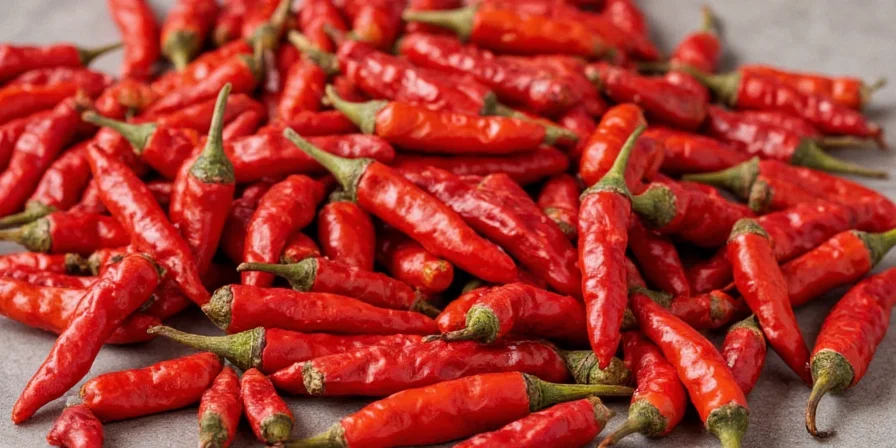
Unique Perspective: Modern Science Meets Ancient Wisdom
Chengdu culinary experts have traditionally selected Sichuan peppers based on harvest timing—knowledge now validated by modern chromatography. The September harvest contains 27% more sanshool isomers than July harvests, creating a more complex numbing profile.
Western cooking often misses the critical step of oil temperature control. Research shows optimal flavor extraction occurs at 120-140°C (248-284°F). Higher temperatures degrade the delicate aromatic compounds, while lower temperatures fail to release the sanshool effectively.
This scientific understanding explains why authentic Sichuan restaurants use precise oil temperatures when blooming peppers—a technique rarely documented in Western cookbooks.
#6: Pairing Sichuan Peppers Like a Pro
Professional Sichuan chefs follow precise pairing principles based on molecular compatibility:
- Garlic – Enhances the earthy base through synergistic sulfur compounds.
- Fennel seeds – Adds sweet anise notes that complement sanshool's citrus notes.
- Black cardamom – Deepens smoky complexity through shared terpene compounds.
- Star anise – Balances sweetness and spice through anethole compatibility.
- Citrus zest – Elevates bright profiles, especially with green Sichuan peppers, through limonene interaction.
- Sichuan peppercorn oil – Use infused oil as finishing touch to preserve volatile compounds.

#7: Master the Art of Toasting and Grinding
Raw Sichuan peppers contain volatile compounds that create harsh flavors. Proper toasting transforms these compounds into more complex aromatics:
- Use a dry skillet over medium-low heat (critical for even toasting).
- Toast until fragrant (about 2–3 minutes), shaking every 30 seconds.
- Remove from heat when you detect citrus notes (indicates optimal compound transformation).
- Let cool completely (10-15 minutes) before grinding to prevent oil separation.
- Grind to fine powder for sauces or coarse grind for dry rubs.
Store the ground powder in an airtight container in the refrigerator to preserve potency for up to 3 months. Whole berries maintain quality for 6-12 months when properly stored.
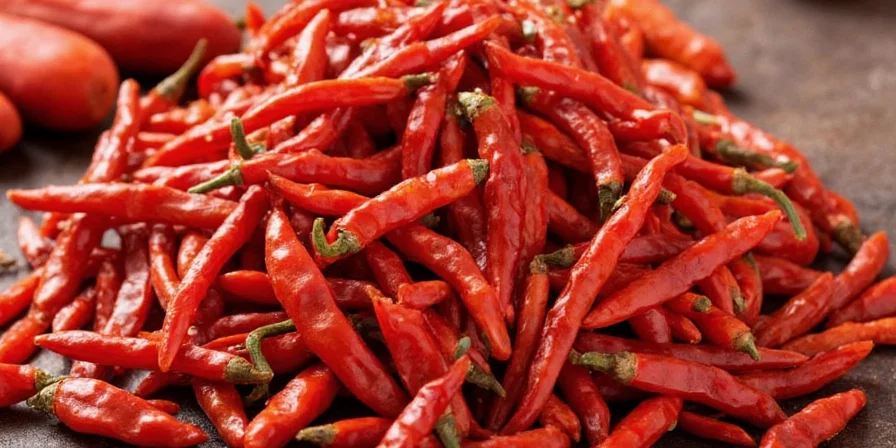
Pro Tips for Cooking with Sichuan Peppers
These professional techniques will elevate your Sichuan cooking:
- Start small: Begin with 1/4 teaspoon ground pepper per serving, adjusting to preference.
- Bloom in oil: Heat oil to 120-140°C, add whole peppers, and let bloom for 30-60 seconds.
- Layer flavors: Add ground pepper at multiple cooking stages for complex numbing profiles.
- Control intensity: Remove seeds and stems to reduce numbing effect while keeping flavor.
- Temperature matters: Serve Sichuan pepper dishes slightly warm (40-50°C) for optimal sensation.
- Balance with acid: A splash of Chinkiang vinegar cuts through excessive numbing while enhancing flavor.

Final Thoughts: Precision Elevates Sichuan Cooking
Sichuan peppers offer more than just novelty—they provide a scientifically-proven sensory experience that enhances flavor perception. By understanding the precise chemistry and professional techniques, you can move beyond basic recipes to authentic Sichuan cooking.
Master these techniques to unlock the full potential of Sichuan peppers. Whether recreating classics or innovating with fusion cuisine, precise application transforms ordinary dishes into extraordinary culinary experiences.
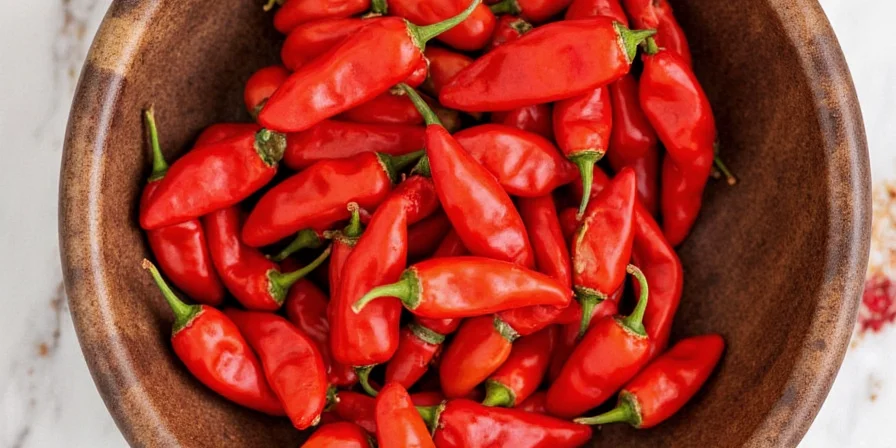
Frequently Asked Questions
How can I reduce the numbing sensation if it becomes too intense?
The tingling sensation can be reduced by consuming dairy products like yogurt or milk, which contain casein that helps break down sanshool compounds. Room temperature dairy works better than cold. Alternatively, a small amount of sugar or honey can provide relief by stimulating different nerve pathways.
What's the difference between red and green Sichuan peppers?
Red Sichuan peppers (typically Zanthoxylum bungeanum) have higher hydroxy-alpha-sanshool content, creating stronger numbing with warm, woody notes. Green Sichuan peppers (Zanthoxylum schinifolium) contain more hydroxy-beta-sanshool, producing a brighter, more citrusy flavor with faster-onset but shorter-duration numbing. Green varieties work better in summer dishes and fish preparations.
Can I substitute regular black pepper for Sichuan peppers?
No, black pepper cannot substitute for Sichuan peppers as they create entirely different sensory experiences. Black pepper contains piperine which creates heat through pain receptors, while Sichuan peppers create a unique tingling sensation through neurological vibration. For closest approximation, use a combination of花椒 oil and mild chili, but authentic Sichuan cooking requires genuine Sichuan peppers.
How do I know if my Sichuan peppers are fresh and high quality?
Fresh Sichuan peppers should have a strong citrus aroma when crushed. High-quality peppers produce visible oil when rubbed between fingers. The berries should be whole without excessive stems or seeds. When toasted, they should release citrus notes within 60 seconds. Avoid peppers that smell musty or fail to produce tingling when tasted in small amounts.
What's the ideal ratio of Sichuan peppers to chili peppers for authentic mala flavor?
The authentic mala ratio varies by dish and regional preference. For hot pot, Chengdu chefs typically use 3:1 ratio of chili to Sichuan peppers by weight. For dry-fried dishes, a 2:1 ratio works better. Professional kitchens adjust based on sanshool content of the specific pepper batch, often testing small samples first. Start with 2:1 ratio and adjust to personal tolerance.

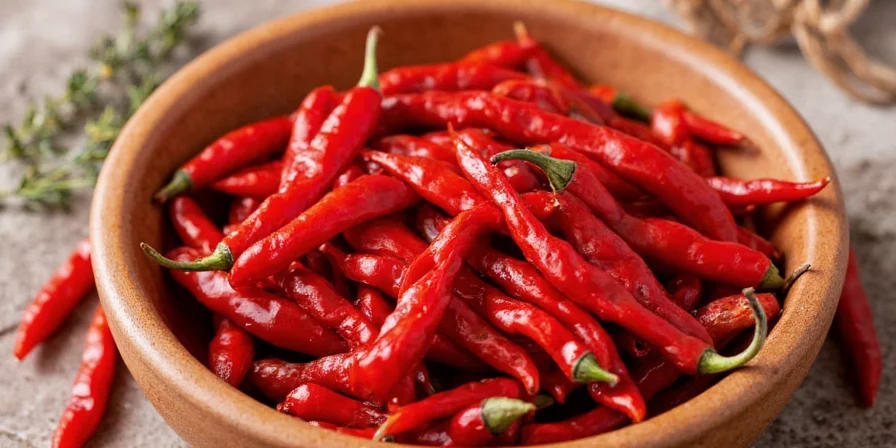









 浙公网安备
33010002000092号
浙公网安备
33010002000092号 浙B2-20120091-4
浙B2-20120091-4